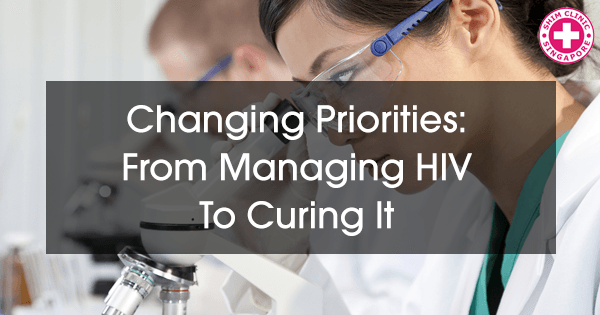A lot of work and research has been done with regards to HIV and AIDs. Since there is no cure yet, the research still goes on. Technology and innovation changes affect research as some of the earlier research done has already been outdated. HIV-related program advancement continues both in low and high-income countries.
Global Priority
Due to these continuous efforts, a cure may yet be found. A cure for HIV infection is a top global goal and The National Institute of Health National Institute for Allergy and Infectious Disease, the AIDs society and other organizations have made it a top priority. Strategic programs and research techniques have been put in place. Engaging communities to educate them about HIV cure needs to be done intelligently in order to promote antiretroviral medication. People taking HIV treatment have to follow the prescription and follow instructions to the letter.
An article aiming at explaining the effects of HIV cure and the way forward was carried out by Joseph D. Tucker et al in 2016 and was published by International Diagnostic center. According to the researchers, the way forward should involve establishing a sustainable cure. The study also aims at establishing how the programs including research started to slowly have effects on funding and conducting survey.
The Findings
HIV and AIDS cure is underway and decisions about the cure are still on the low level of development. The study found that information, research and programs have not been organized in a central documentation or a focal point.
This is a challenge as there is evidence of important information that could help find a cure but it is not accessible to researchers. This information may be lost with time or are simply misplaced. However, there is noted progress expanding on the development of a cure for HIV and AIDS.
The researchers found out that finding a sustainable cure for HIV and AIDS through research is the main focus within the AIDS field. There has been increased funding for projects conducting HIV and AIDS. The international AIDS society has been keeping track of $157.9 million invested in HIV cure research in 2014. The public sector has contributed $139.9 million and other group have contributed $17.0 million towards such programs.
The study also found that high-income countries like the US have prioritized finding HIV cure research through their National Institute of Health. The Medical Research Council, the French National Agency for AIDS research and the Canadian Institute of Health Research are among the other national bodies that have prioritized finding HIV AIDs cure.
Recommendations
The researchers recommend involvement with a vast group of HIV and AIDS organizations and societies. This will be an opening to understanding programs and strategies that have been laid out towards a HIV cure.
They also recommend enhancing the strength of existing tests and priorities through more research so as to avoid any falsified information or practice. According to the researchers, making the most effective use of the new health systems to ensure there is an early discovery of adults, adolescence or neonates through STD testing and HIV tests who have been infected by HIV and AIDS is also important. This would be of great advantage to both the individual, public and health sector.
A strong global network of professionals involved in the HIV and AIDS should be formed so better policies can be put in place, enable controlled research and better use of funds available for HIV and AIDS cure.
From the research, we realize that there have been progressive results in finding HIV and AIDS cure. However more needs to be done globally. This mainly includes synchronization of information, tests and treatment that has been gathered with time. These will be aimed at building on the already existing research on HIV policies, findings and practices.

